The Article
TECHNICS SL-1200G: AN AUDIOPHILE REVIEW
12th April 2018
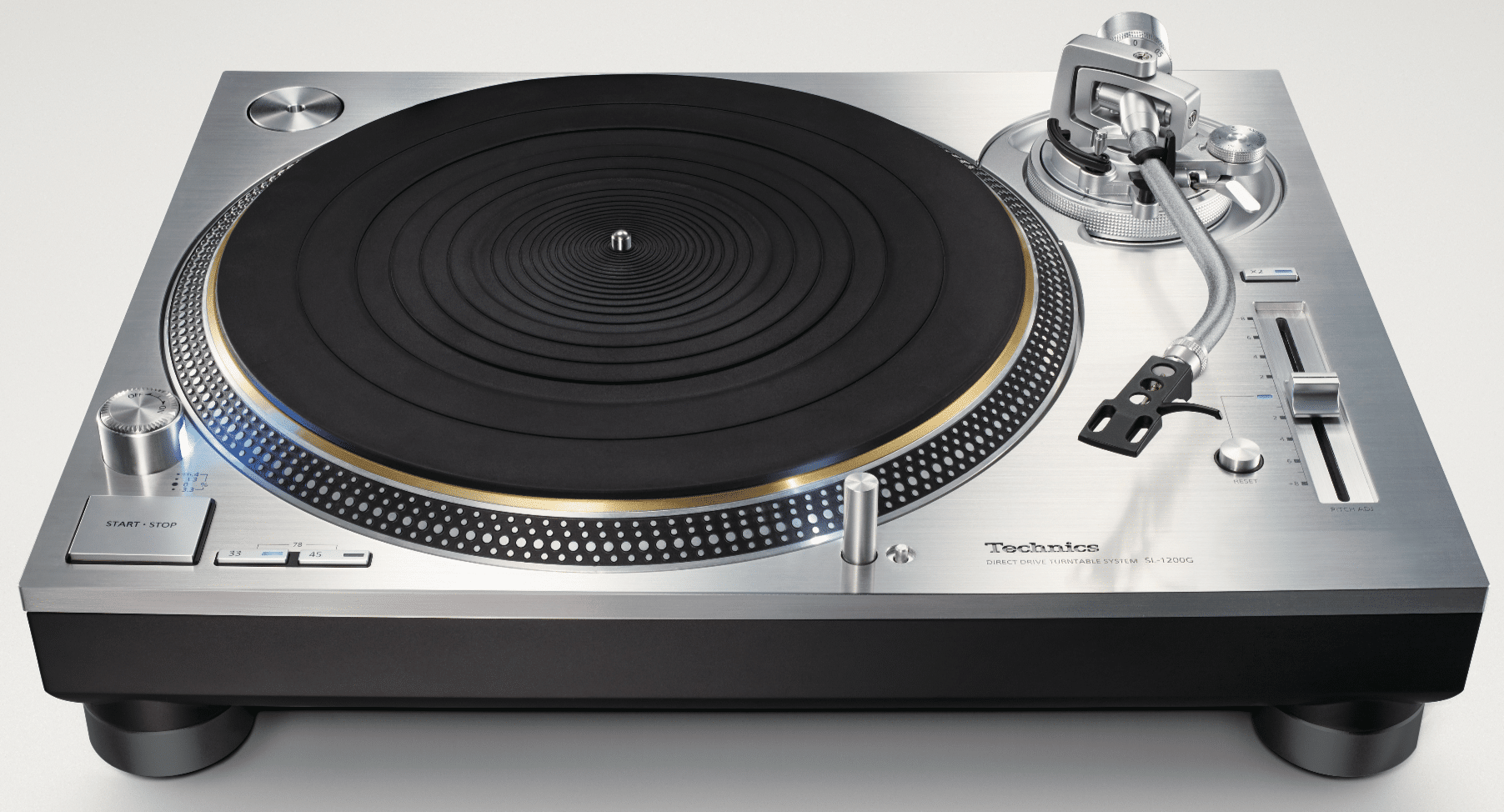
It’s not what you think. Paul Rigby reviews the Technics SL-1200G and is made aware of a few home truths
OK, look, let’s race to the point here and get a few things straight.
Firstly, the SL-1200G is not a DJ deck. So stop talking about it as if it is. And stop comparing it to the original model too. And stop comparing the original design’s price with the price of this model. It might look like a DJ tool and you might even be foolish to use it as such but really, that would be very silly indeed and an overkill in the extreme. Unless you’re a famous DJ and Technics has given you one for free. Apart from that lot…
The only reason(s) Technics retained the basic size, shape and chassis furniture – in my strong opinion – was to cash in on the legend, to show a friendly and acceptable design face that exploits decades of free press and marketing, to cash in on the excitable media who were having orgasms because they saw the classic DJ turntable returning to the fold (apart from a flurry of hi-fi newsprint, no-one would have cared that much if Technics had offered a brand new chassis shape, no-one would have written more than a paragraph or two about it in the lifestyle press). Technics could not afford to ignore this goldmine of exposure. This deck had no choice but to look like the original SL-1200.
It also looks like this to keep costs down and to speed up production.
That’s right, if this turntable was offered as a scratch design, with further original design research and testing and the rest, then you’d be looking at a lot more up front cash, I reckon. Double, maybe? There’s another reason too, which I’ll get to later on.
Also, you’ve got people on staff (or at the end of a telephone line) who know how to basically create a 1200-type deck. You’re off to a flyer then with a new design iteration. Hell, the company even uses the same lid, exactly the same lid from the original SL-1200 jig. It was there, they used it. They could have created a new jig. They didn’t. You see? Speed. Technics can quickly take advantage of the vinyl renaissance.
Finally, there is one more reason to put distance between the ‘G’ and older 1200 designs. Respect. Directly comparing this turntable to the original shows a complete lack of understanding in this new design and a lack of respect to its engineers and the engineering applied.
If you look at the SL-1200G turntable in detail, there is a lot of considered and careful work that moves way away from the DJ culture and speeds headlong towards the audiophile community. This turntable is not a toy, it’s not a working clubber’s tool, it’s a serious turntable. The fact that it has DJ fiddly bits tacked on is, as I say, nothing but marketing faff that Technics feel they need to include to cut marketing corners and, who knows, probably please the bean counters and TV fans sitting in Technics’ bosses, Panasonic’s accounting office.
I talked to Technics’ own Jonathan Danbury for a quick chat about the technical details of the turntable, which spans 453 x 173 x 372 mm and weighs in at 18kg, and asked him to lend a few comparisons to the original SL-1200 while he was about it. Shall we start from the ground up?, “The construction of the feet uses a different rubber type on the limited edition model. The main difference, though, is the arm tube. On the limited edition, it is made from magnesium.”
Improved feet can improve isolation and reduce damaging noise entering into the turntable but is this new arm tube really anything to shout about? I asked Johnnie Nilsen, who makes some of the best turntable arms in the world via his own, UK-based Audio Origami company (www.audioorigami.co.uk). Is a ‘magnesium’ arm worthy of attention?
“For a start, it won’t only be magnesium” said Nilsen. “Pure magnesium really wants to blow up. You can set fire to pure magnesium and it’ll burn like one of those old fashioned fuses that blow up dynamite. This tube will be made from a low percentage alloy of some sort that will be mostly magnesium. It will probably be much lighter than the aluminium arm and stiffer, depending on the alloy type. Improving rigidity would improve the sound, lowering noise and improving detail retrieval. That said, a stiffer arm would put more focus on the bearings – you are only as good as your weakest link – so the bearings would have to be good too.”
Back to Danbury, “The platter is several times heavier than the original, using a brass top plate with rubber underneath so that it is completely dead and inert.”
This is an easy test for you to make, if your dealer doesn’t mind you walking up to his brand new turntable and hitting it. The original rang like a bell. Sonics suffer when this happens.
“The new design also includes a completely new direct drive motor system which removes the stator cogging which was a minor issue with the SL-1200 series. There’s also a new digital speed control system which is much more accurate, controlling speed better and eliminating any threat of wow and flutter. The old model had an analogue speed control system.”
There is no doubt that Technics has paid attention to the sound quality of this turntable, “We are trying to produce the best SL-1200 that we can possibly make,” said Danbury. “In terms of the sonic performance, the new SL-1200 sounds more in league with the SP-10 series, the classic broadcast deck. Unfortunately, though, the production costs right now, to make a mechanical product of that quality and specification are much higher than they were back in the 70s,” said Danbury. “The original run of the SL-1200 series ran for a very long time. We actually produced around 3.5 million of them, in total. Over that very long production period, all of the costs of developing the product plus all the tooling and machinery had all been absorbed. So, in reality, the price actually fell over the years. But none of those parts or tools exist any more (except for the lid) so we literally have to start from scratch. The present day price of making all of the parts and dies is astronomical compared to what it was in the 70s.”
Other details include the familiar 1200-type square start/stop button, 33/45rpm selection buttons and target pop-up light. There’s even a 7″ single vinyl adaptor too. On the right of the upper plinth is a pitch adjustment and reset button.
So, let’s get down to brass tacks then – what does it sound like?
SOUND QUALITY
I began the test by using all of the parts from the box but added an Ortofon Cadenza Bronze cartridge and played the high tempo She’s Got Claws from Gary Numan’s Dance, 2LP reissue.
I slumped a bit in my chair right from the off. There was a definite stridency in the midrange with, even worse, an unfocused delivery in the upper mids (which did cause a measure of listening fatigue over time) and pinching in the treble. Bass was underwhelming for a direct drive unit. The direct drive effect came into play to an extent but there was a slight slowing of the overall music as the bass was not quite as articulate as I would like it, this effect infused the soundstage.
That said, I could hear – sense? – something more. This turntable was not a washout by any means. It sounded to me like it offered potential. Almost like there was a knocking from within. As if something was trying to get out. What I mean by all of that was I kept saying to myself, “Well, that sounds ok but…” and, “There’s some good stuff there but…” I kept stopping short or, rather, the deck did. I remained impressed with the performance from the 1200G out of the box. Sorta.
Let’s talk positives for now. The soundstage was a broad one with plenty of space around the instruments so that the subtle secondary percussive effects, which can often be subsumed, were plainly ‘visible’ to the ear while the synth-based handclaps were insightful enough to hold a suitable reverb tail after each clap effect, the dominant sax was relatively clear and concise while the vocal delivery was emotively effective.
Things had to change, though, before I could walk away from this one.
To come to a conclusion now would have been unfair because I felt it would have been unfinished. I ran to my accessory box.
The supplied interconnects, running from the 1200G to the phono amp are very poor, little better than PVC-coated bootlaces. I replaced them with a pair of Atlas Mavros designs and heard an immediate lowering of noise which immediately helped the listening fatigue. Sonically, I also heard two immediate benefits, the lower noise produced a greater degree of rear silence which meant that subtle percussive effects were plainly heard. There is a lower register piano key sound heard during the song. This effect offered a tonally more realistic sound with a tighter ringing after effect.
Believing that I was on a roll, I turned to the mains lead which fits under the rear of the 1200G chassis. Technics give you a kettle-type, black IEC lead which must have cost them all of two pence to buy in, if that. I swopped that for a Black Rhodium Stream. Again, the system improved its performance with bass tightening up, losing a lot of its bloom while the overall soundstage offered a greater accuracy and precision. Drums, in particular now ‘made sense’. There was a real organic enhancement to the percussion with an impressive impact sound after each strike. Numan’s vocal performance also sounded commanding now, in control with a new sense of confidence.
Where to next? The platter mat, methinks. I removed the standard rubber sample which looked like an exact copy of the one I used on my old Technics SL-B2 belt drive deck from the early 80s, a turntable which cost all of £60 at the time. Instead, I reached for the Airborne mat (€25) which combines rubber and cork into a single mat. Improvements? Yes. Within the stereo image, which was pushed back to produce a greater 3D effect, adding to the solidity of the general soundstage plus an overall tightening up of the focus across the midrange while, for the bass, removing a slightly disconcerting sound which was, how do I describe it, muddy? Sludgy? Whatever, the bass sounded cleaner and more sprightly.
I decided to go the whole hog and add a stabiliser onto the 1200G’s spindle. Now not every turntable likes a stabiliser. My Origin Live Sovereign loves them, for example, while the Wilson Benesch Circle hates them, finding them too claustrophobic. I tried my HRS ADH and listened to the results. And it was a bad move. The ADH was too heavy which only served to squash the bass out of shape. I swopped the ADH with the lighter ADL, which retained HRS’s noise reduction materials to remove noise over the bearing and, in this case, the motor area too. That solved the case. Bass tightened immeasurably and increased in speed while the entire soundstage rose up several inches. The midrange now provided a new level of precision while vocals were far more articulate.
The only improvement I couldn’t make to the basic SL-1200G, due to time and circumstances, was to replace the headshell. I recommend that you do this too because I’m convinced that it will increase sound quality even further. There’s a number to go for. For example, there are a range of excellent graphite and graphite/carbon fibre headshells on the market for around £200 each. Check out the retailer, Ammonite which also sells some intriguing models below and in excess of that figure: ammonite-audio.co.uk. I actually intend to review the Timestep ebony headshell very soon – too late for this review I’m afraid – which retails at £145. I will test it on this turntable when that happens so please look out for that one soon.
I then confirmed the sound quality tests with Dusty Springfield and the track from the album, Dusty in Memphis, Just a Little Lovin. The SL-1200G offered an informative playback, revealing the smouldering passion from the vocal plus a wide soundstage that revealed much from the backing orchestra including a clear and open drum pattern and flowing string section.
CONCLUSION
So what’s with the tweaks and the modifications? I could do the same with any turntable review that I handle, couldn’t I? Well, yes but sometimes, when you review a piece of hi-fi, you’ve got to pause and consider and then ask yourself, “What have I got here?” In this case, Technics gives you a Starter Kit. Nothing more or less than that. The SL-1200G is a turntable Starter Kit. It supplies poor quality, basic accessories to get you underway but the intention, at least from an audiophile perspective, is to bin these ten-a-penny items (this is a £3k turntable, right?) and finish the project properly with good quality additions and to your own liking and taste. Think of it as a new car in which you buy the actual car but then spend a few thousand extra on accessories to get it on the road.
From out of the box, I would rate the sound quality from the basic SL-1200G at a 7 maximum, maybe even a 6. It would be silly to give it that rating as a final figure, though. Rather over strict, shall we say and such a rating would not recognise what the Technics is out of the box because this design is merely the core of your final turntable. In a similar way that the SP-10R is the core of the company’s top-of-the-range SL-1000R model, you might say.
As a basis for a finished project, the SL-1200G is superb, a terrific turntable and one that gives you, in pure sonic terms, something different, something out of the ordinary and a new approach that moves away from many belt-drive high end turntables I’ve heard of late. I’m all for variety. To me, Technics’ entire direction to the SL-1200G is valid and even necessary in this increasingly crowded market.
Should you buy the SL-1200G? Absolutely, yes. Should you play it out of the box. Definitely not, no. Otherwise, why is there a growing array of third party outfits out there selling modified and upgraded 1200G turntables? They’re in on the secret too.So what’s the bottom line? If you care about sound quality, sort out the budget to buy this turntable but see it as the first step only. Then add another, second, budget, on top of that, to purchase a new set of interconnects, mains cable, headshell, stabiliser and platter mat. You’re looking at £1,000-£2,000 or more on top of the basic price profile of the SL-1200G but, in audiophile terms, if you like the basic sound of this Technics beauty, then every penny will be worth it.
TECHNICS SL-1200G TURNTABLE
Price: £2,999
TO BUY CLICK BELOW:
USA – https://amzn.to/3oPbdUU
GOOD: build quality, bass impact, midrange insight, soundstage structure, easy to use
BAD: it’s a basic starter package only
RATING: 8
[Don’t forget to check out my new Facebook Group, The Audiophile Man: Hi-Fi & Music here: www.facebook.com/groups/theaudiophileman for exclusive postings, exclusive editorial and more!]
REFERENCE
Origin Live Sovereign turntable
Origin Live Enterprise 12″ arm
Transfiguration Proteus cartridge
Ortofon Cadenza Bronze cartridge
Icon PS3 phono amplifier
Aesthetix Calypso pre-amp
Icon Audio MB845 Mk.II monoblock amplifiers
Quad ESL-57 speakers with One Thing upgrade
Vertex AQ & Tellurium Q cable
Blue Horizon Professional Rack System
Harmonic Resolution Systems Noise Reduction Components
All vinyl was cleaned using an Audio Desk’s Ultrasonic Pro Vinyl Cleaner


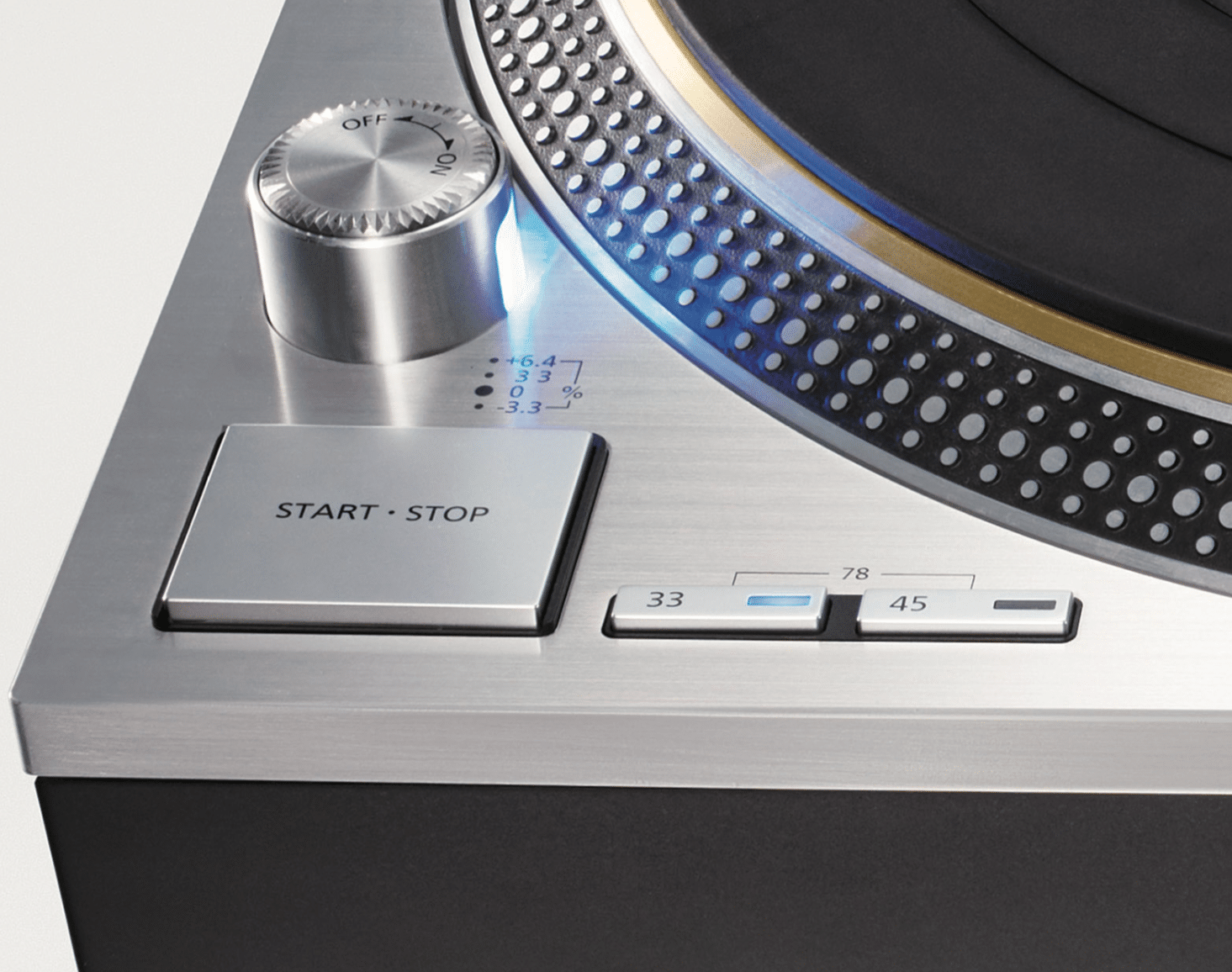
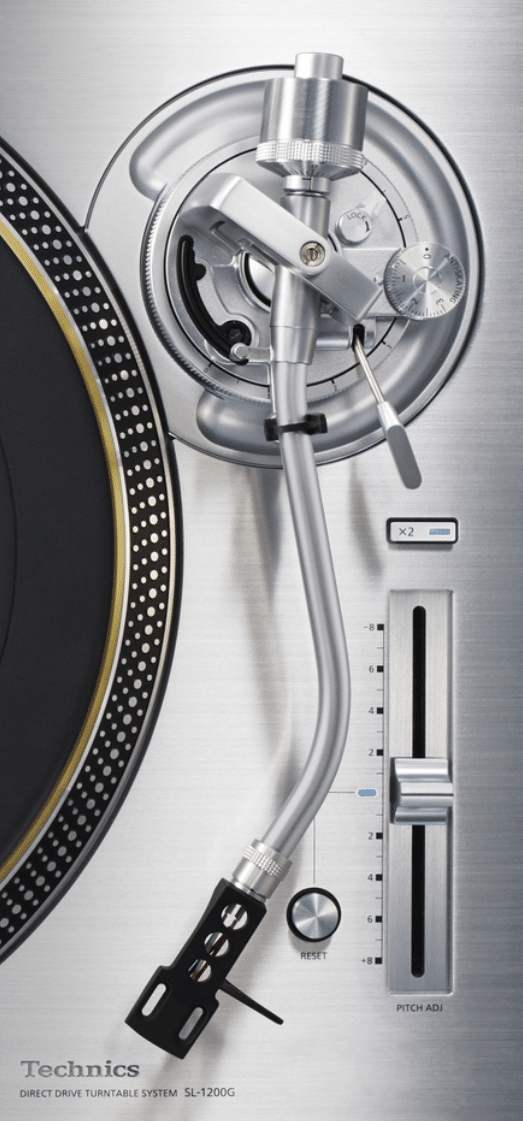
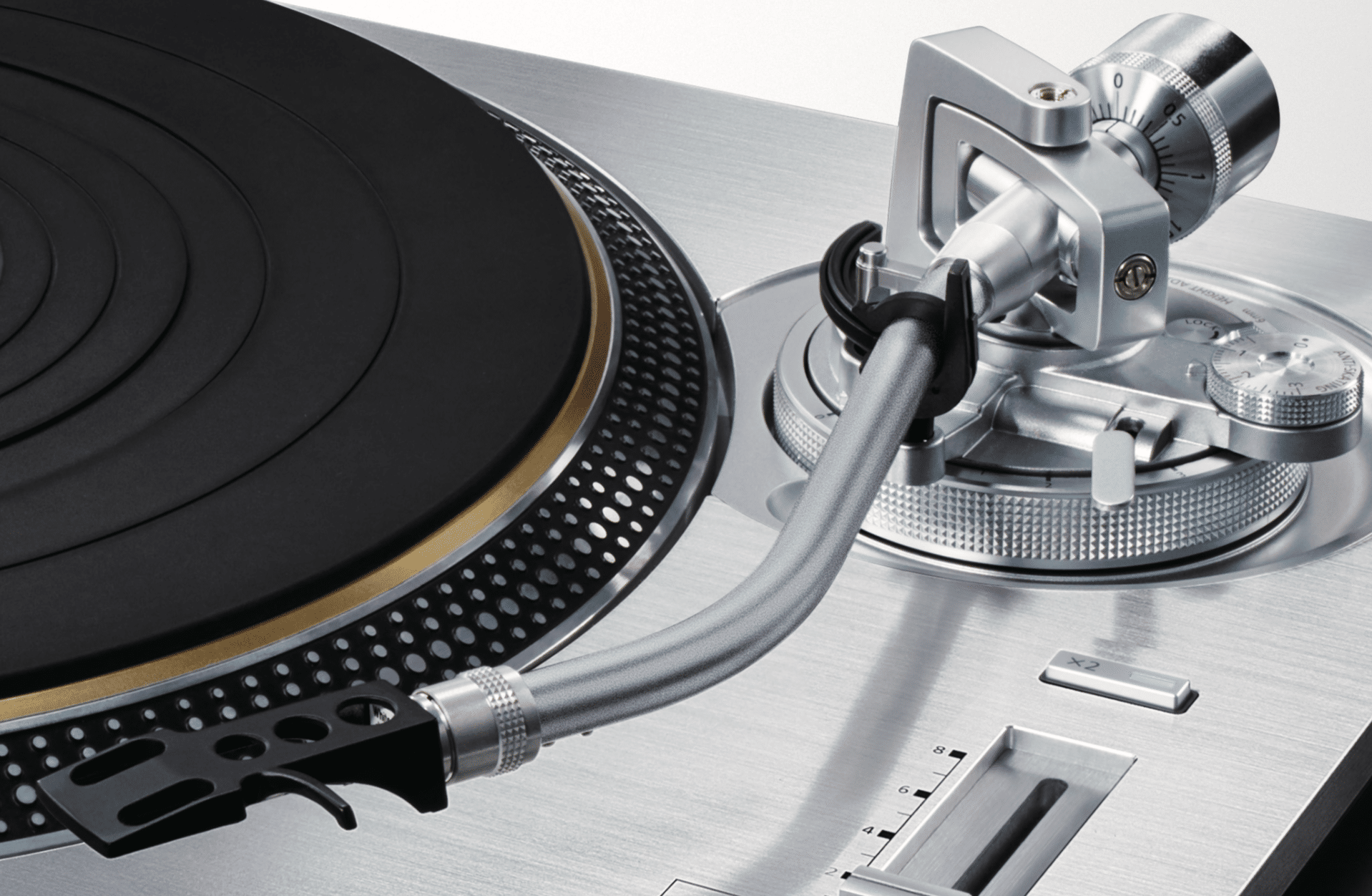

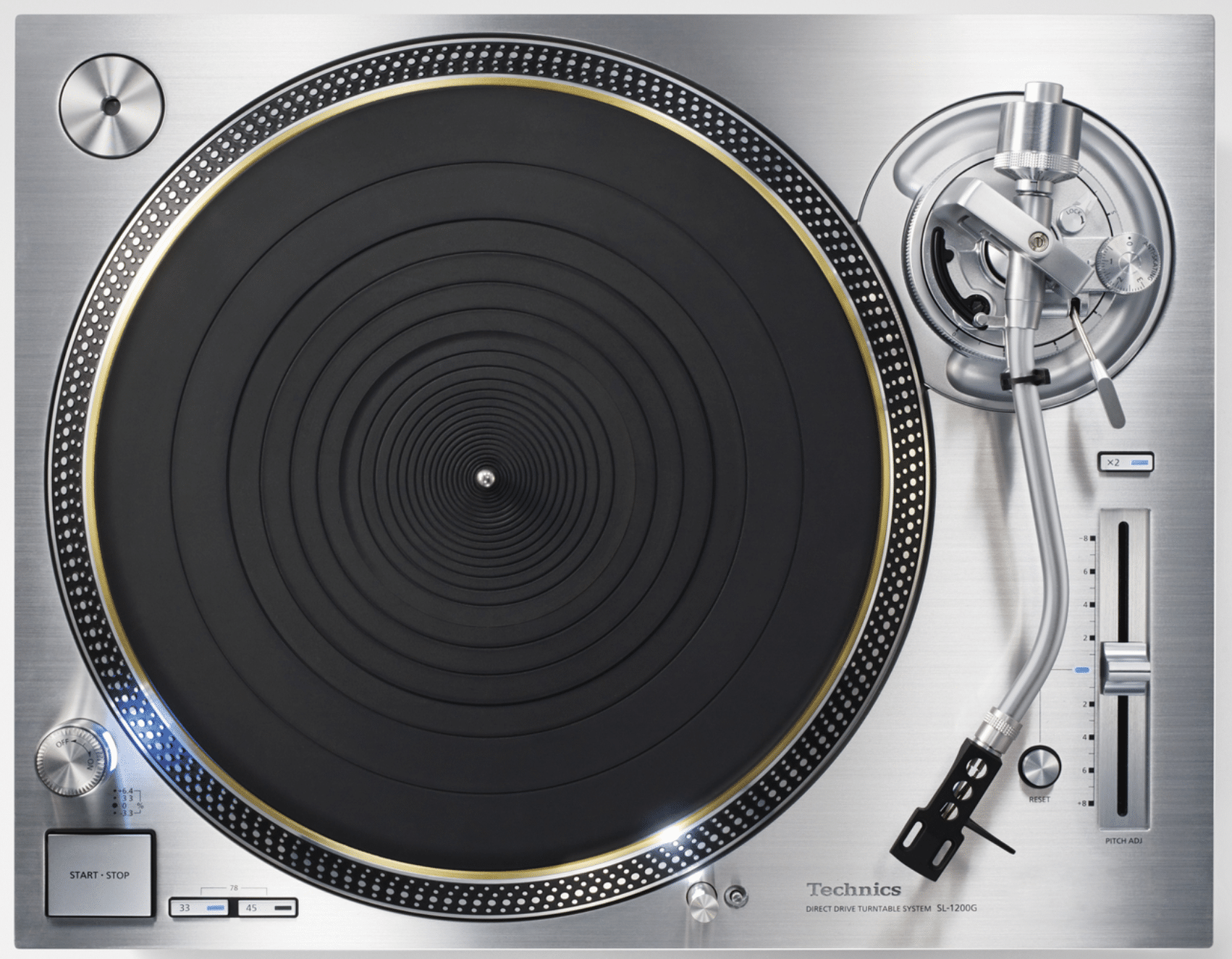
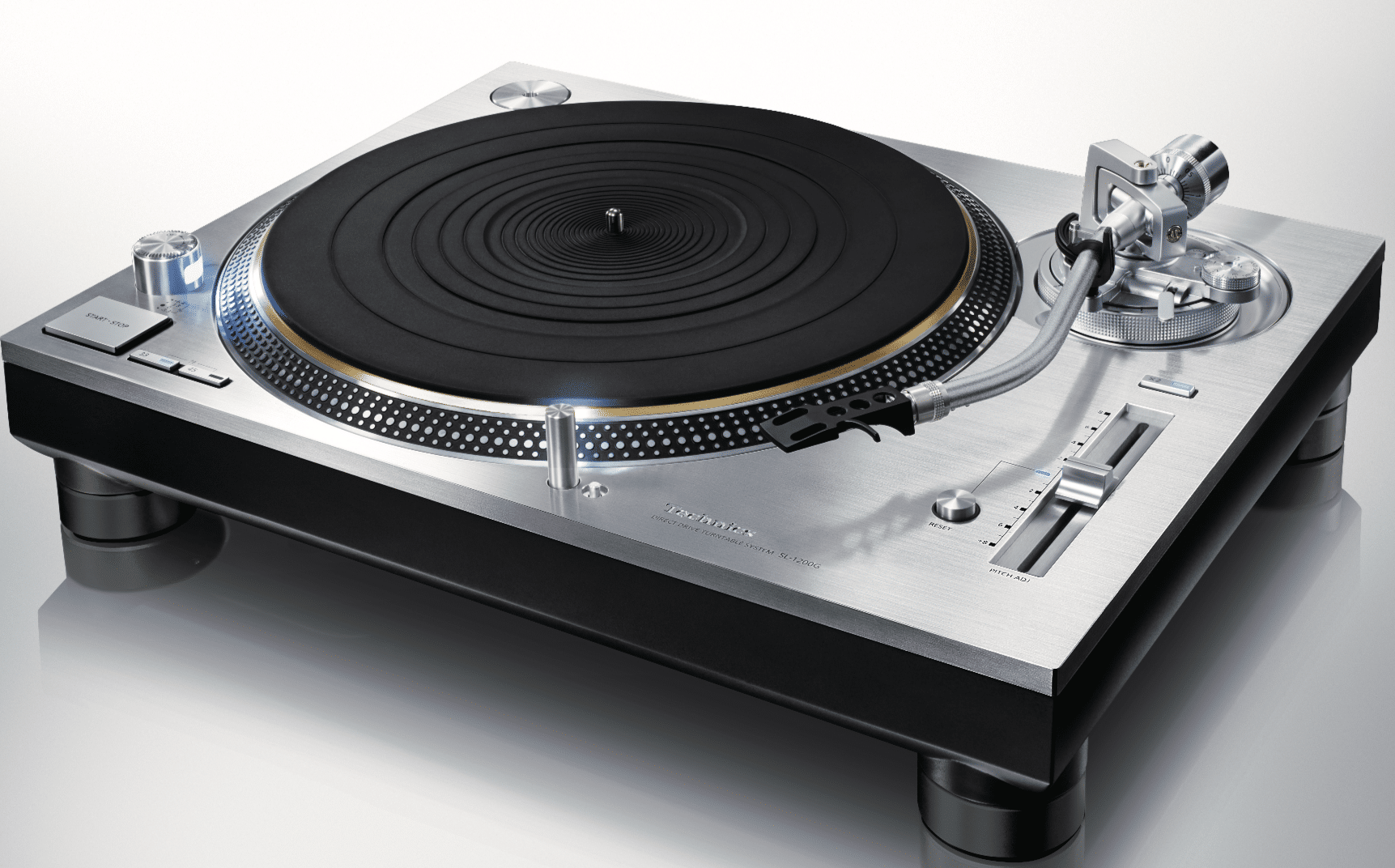
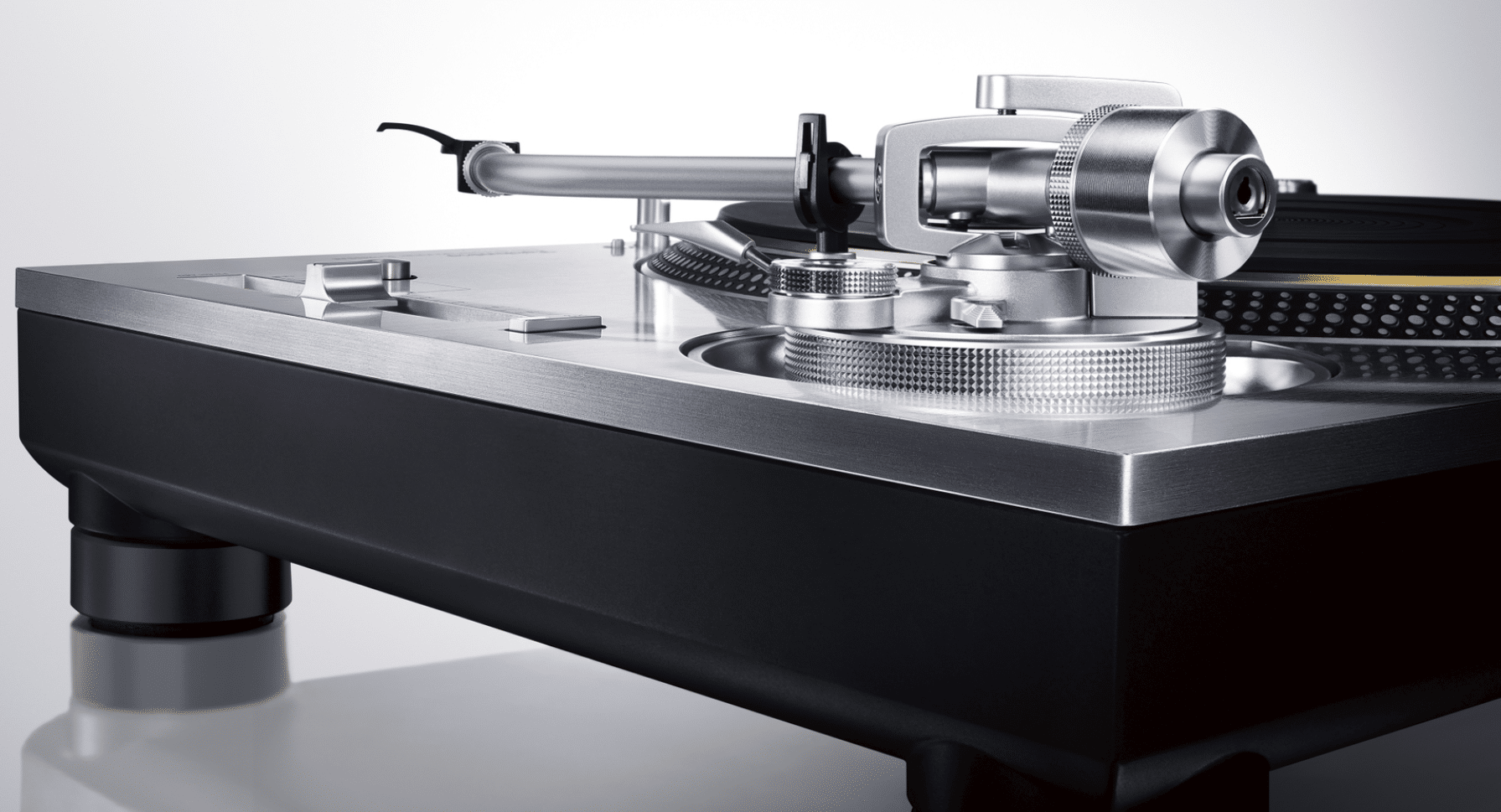
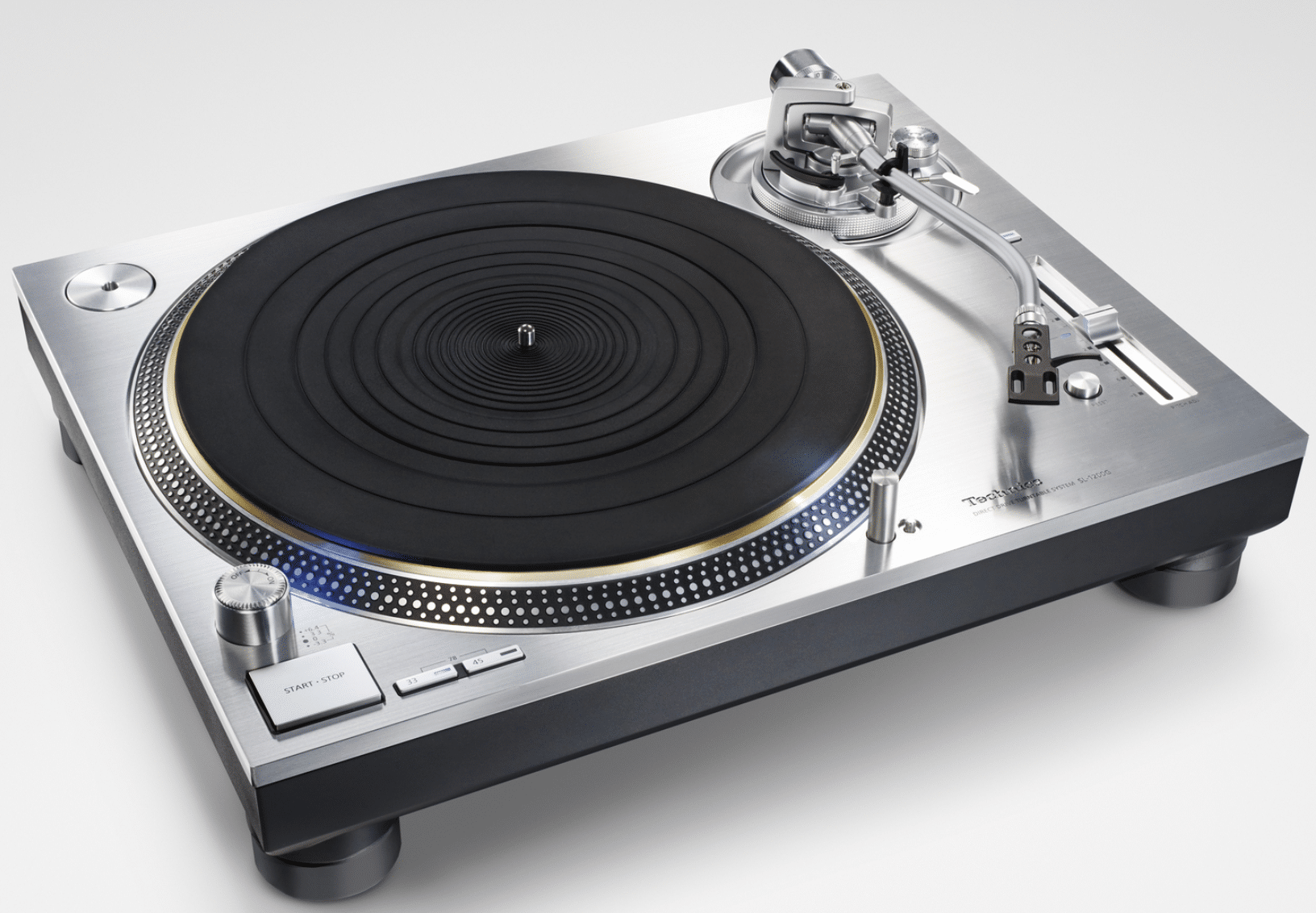


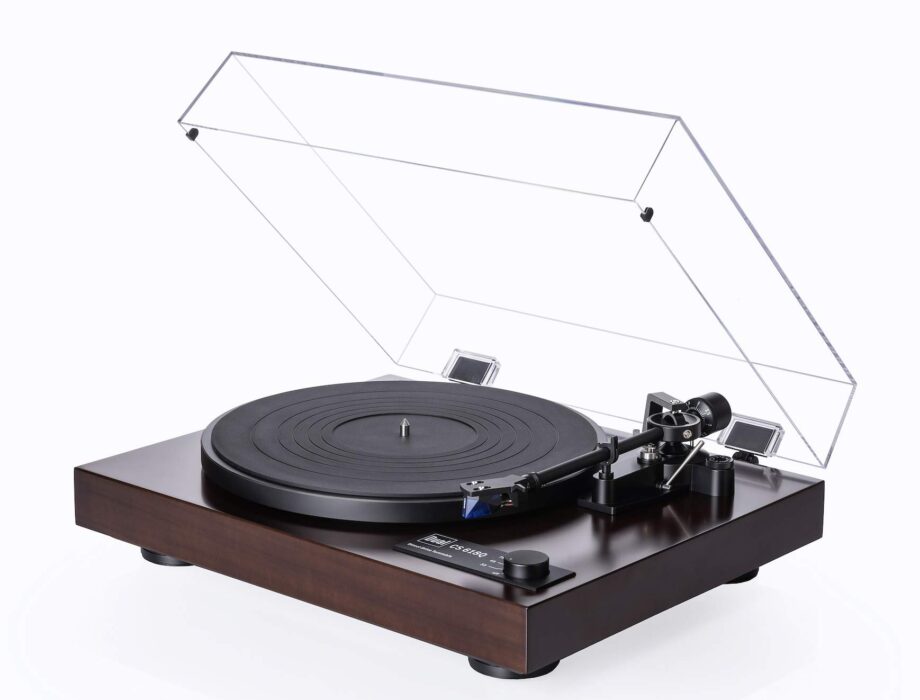
Paul, thank you for this review. Too often we are exposed to simple praise. This actually leaves me then more confused the not having read a review at all. Your approach is very refreshing. The next question I’m my mind is of course is there a better option or equivalent option from Rega, VPI, etc when looking in this price range without all the tweaking needs?
Thanks for your kind words Gerret and yes, absolutely. Try these:
https://www.fanthorpes.co.uk/hi-fi-separates/turntables-and-accessories/turntables/avid-diva-ii-sp-turntable/
http://www.stoneaudio.co.uk/?product=michell orbe se spider edition turntable
http://www.obrienhifi.com/vpi-release.html – the Scout 2
https://www.originlive.com/best-turntables/resoluton-turntable.html
All are excellent. I’m not recommending the retailers – just using them for reference to illustrate the models and sample prices.
You would think that none of these modifications were necessary when buying a turntable at that price point. Sad really.
I have no proof and cannot verify my thoughts but, after chatting with colleagues in the industry, I have a feeling that Technics’ own developments and ambitions might possibly clash – just a little bit – with some of the business strategies of AV-loving Panasonic, its boss basically. Hence, I wonder if projects like the SL-1200G might have been trimmed to ‘the essentials’ for example. As I say, just my own opinion and I’m probably way off base but…The deck still retains a core of excellence and there’s enough of a fanbase out there who want to bother to tweak it to a proper sonic ‘standard’.
Here’s the thing. These modifications aren’t necessary and will make zero to negligible difference.
I’m looking for a table around this price range. So, is clearaudio performance dc better than sl1200g in its default state?
Yes it is, Reza, you will need to add mods to the Technics to push it toward an audiophile performance state.
Paul, you’re ridiculous. If you’re going to trot out these upgrades at least have the sense to clarify that these are for those who love to tweak/upgrade their decks, especially when most of these will be of questionable value to improving the sound. To suggest a $4K TT is sold in basic form with the intent being its new owner will pour another $1-$2 grand into to make it listenable is ridiculous nonsense. You even go so far as to suggest to one poster that he replace the arm on it. Idiocy. For those who would even contemplate this, save yourselves the trouble, you’re actually in the market for a TT in a completely different price range Рhave at it. For the rest of us, this TT will sound excellent in the “basic” package it is sold in. Honestly Paul, it’s reviewers like you who ruin the hobby.
Thanks for your thoughts, Mr Right (!?) Apologies if I’ve ruined your hobby. What now, then? Knitting?
Hi Paul, great writing – honest and forthcoming. Would you say an MMF 7.1 would beat this quite easily? And what are your thoughts on it? 😉
Thanks for your kind words, Rob. It’s difficult to compare the two directly. Both are good but both come from different sonic directions so a direct comparison is perhaps unfair. That said, if you develop the Technics properly then it wins hands down, I reckon but it should do at around, what ¬£6k? Out of the box? Then I’d probably go for the MMF.
I was reading your reference equipment and I will say that the 1200G bests your table. It is just truer to the source by a country mile. I do agree with your tweaks as that should be pretty much obvious.
Thanks for your thoughts, Doug.
Homer & Paul,
A VPI table comes without a signal cable, and you bash the Technics for including a basic one? And I have not seen any turntable that comes with anything but a basic mains cable, but you bash the Technics for not including an exotic one? Expensive cables are not “mods”, they are aftermarket tweaks. BTW, please forgive me but I refuse to believe that a power cable can affect the sound at all in a turntable, where there is no electronics in the signal path – especially in this case where there is a switch mode power supply that powers the drive electronics only. If you can hear a difference, I say “placebo”.
The Absolute Sound, Stereophile and Analog Planet concur that the SL-1200G is an absolute steal at its price point, and they all arrive at that conclusion with no references to voodoo, which makes me trust them more.
Best regards, Richard Becke
Hi Richard, many thanks for your note. I appreciate your views.
I didn’t ‘bash’ Technics at all. Quite the contrary, in fact. I did offer an opinion on the supplied accessories, yes. The choice of words was also designed to draw the attention of the reader to the focus of Technic’s build budget especially when faced with pressures from Panasonic and pressure from non-audiophiles who might have been expecting a DJ-type deck. I actually praised Technics for doing their best under the circumstances, praised the engineering and the raw potential of the sound quality and that the turntable offers a genuine choice in terms of sonic variety. I even received a reply from Technics itself after it saw the review and, gratifyingly, it was full of praise.
You are welcome to disavow cables as an aid to sonic enhancement, of course. We all see hi-fi differently. That said, others do not share your view so let’s say that I was addressing that audience.
Finally, music and hi-fi is a very personal thing so I have always recommended that each and every hi-fi audiophile should find their own favourite hi-fi information source (be it a print magazine or website or YouTube channel), find a writer within that who appears to share the same values and musical preferences and stick with them.
Hi Paul, just one clarification. I don’t disavow cables as an aid to sonic enhancement. I have first hand heard dramatic sonic changes and improvements from cables, and I have myself invested a fair amount of money in signal and speaker cables. I am a bit more skeptical with respect to the potential for improvement from “enhanced” power cables, but I am not dismissing the possibility as long as they are powering audio signal processing elements. But here we are talking about a cable that provides power to a turntable motor only, and even that while being totally transformed from 50Hz mains to kHz-range and then to DC – yes, in this specific case I disavow power cables as an aid to sonic enhancement.
Best regards, Richard
No problem, Richard. Thanks for your considered views.
How do Rega decks like the recent Planar 8 (using the apheta 2 or ania) and RP10 (using aphelion) compare to the stock and modded 1200G?
Hi Niall – thanks for your question. I wouldn’t compare any turntable to a stock 1200G, to be honest. I just wouldn’t use it ‘as is’. So your question is really only aimed at the ‘finished’ (I wouldn’t even, thinking about it, call it modded 🙂 ) 1200G. That turntable is different. Different in terms of the sound it gives you and the approach it offers in sound. I go into that in some detail in the review.
Hello Paul,
Could you be more explicit in what you mean about the “basic sound” of this Tecnnics and its main differences with respect to others?
Thank you.
Hi Diego – I thought I was explicit, ” There was a definite stridency in the midrange with, even worse, an unfocused delivery in the upper mids (which did cause a measure of listening fatigue over time) and pinching in the treble.” Isn’t that explicit? 🙂
Hello Paul
I seriously doubt your ability to hear the difference between the stock power cable and the recommended aftermarket product. Can you describe the test methodologies you employ that leads you to conclude that the obscure aftermarket products you recommend actually improve the sound quality.
Yes indeed, Jay – my ears. Simple as that. I guess you mean machine-based testing? I’ve been in the industry for many years and I’ve seen and worked under all of those things and have never found them adequate to do the job. Not one. No matter how expensive they might be or who uses them. I have thus developed, over many years, my own system. My own reference facilities and listening methods. But it comes down to ears.
One of the big things that always puzzles me is the arm. I know that many folk replaced the old arm on the 1200mk2 with Regas, SME etc etc, but given this is a ¬£3k package is this new arm really up to it? The arm being a limiting factor on any 1200 is always a hotly debated subject, but what’s your view on this one Paul? Head-shell upgrading aside, have they moved it on enough, like all the other elements?
Yes, replacing the arm on this one would be a good move, I must admit Julian. I didn’t go into this too much during the review because of the increasing budget and the host of tweaks I was already proposing but yes, ultimately, a new arm would be a ‘good thing’. The arm on this deck is an improvement yes and you can get away with it by adding those accessories but, in the end…
What the hell?? Why don’t you guys just buy a ¬£10k turntable fromt he start instead of buying a cheaper one and then spending double its cost on accessories? Typical, beyond hope, hifi addicts who have lost sight of the music and just concentrate on upgrades.
Because some people are wholly in love with the Technics ethos, the Technics design, its historical context et al. And upgrades can be applied when funds allow over a long time.
How can you be wholly in love with the Technics ethos when you are talking about removing its arm and replacing it with smth else? That is not love with the Technics ethos. That is love with tinkering. Baby boomers with a wad of cash that they dont know what to do with so they go and buy £1000 cables.
I have always been in love with Technics turntables and have bought a 1200G but I would never think about changing its main components.
Hi IR – and that’s fine for you, your situation and your view on the brand. It might not tally with others. In fact, I know it doesn’t because I’ve spoken to many who enjoy enhancing their turntable.